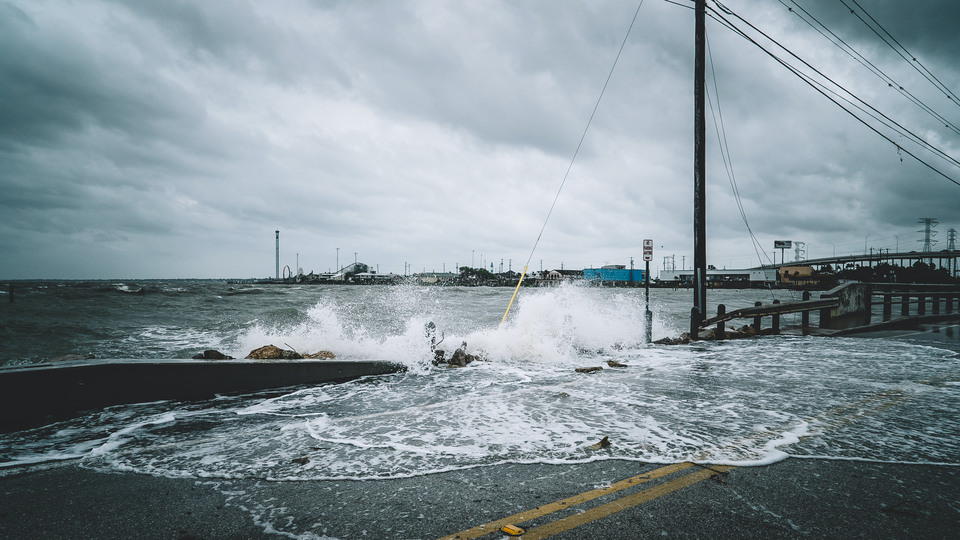
New report shows how the energy system is affected by climate change
A research project has studied how climate change affects the energy system. The study shows that by 2040, the consequences for the Swedish energy system are manageable, but this presupposes that climate change is taken into account in the investments that the energy industry needs to make.
In the project initiated by Energiforsk, researchers together with the energy industry have analyzed the impact that climate change will have on hydropower, wind power, nuclear power, bioenergy, district heating, district cooling and electricity networks in Sweden.
IVL has coordinated the work with the risk and vulnerability analyzes and been responsible for the areas of bioenergy, district heating and district cooling. District heating is a sector that is greatly affected by climate change, as winters become milder and the season shorter.
– When the demand for district heating decreases, so do the incentives to invest in new or existing combined heat and power. At the same time, locally controllable electricity will be increasingly in demand as our cities grow. In addition, the demand for electricity for transport and certain industries increases and then fossil-free electricity production is needed, says Annamaria Sandgren at IVL, who is responsible for analysis linked to the district heating area and risk assessment in the project.
The bioenergy sector will also be affected by climate change, mainly through increased temperatures, extended growing seasons and changes in precipitation.
– For the bioenergy sector, climate change means both opportunities and challenges. For example, increased forest growth can benefit the bioenergy potential, while a changed climate can result in both drier soils and wetter soil conditions that work in the opposite direction. Pests and forest fires, on the other hand, can contribute to both increased and decreased bioenergy potential, says Julia Hansson at IVL, who led the analysis linked to bioenergy.
Researchers and analysts from SMHI, Profu, Chalmers, Energiforsk and IVL have collaborated in the project. Both a summary report and more detailed reports for each type of energy can be downloaded via Energiforsk's website External link, opens in new window.. It is also possible to take part in the presentations from the project's final seminar.
External link, opens in new window.. It is also possible to take part in the presentations from the project's final seminar. External link, opens in new window.
External link, opens in new window.
For more information, please contact:
Julia Hansson, julia.hansson@ivl.se, +46 (0)10-788 66 51
Annamaria Sandgren, annamaria.sandgren@ivl.se, +46 (0)10-788 67 45
